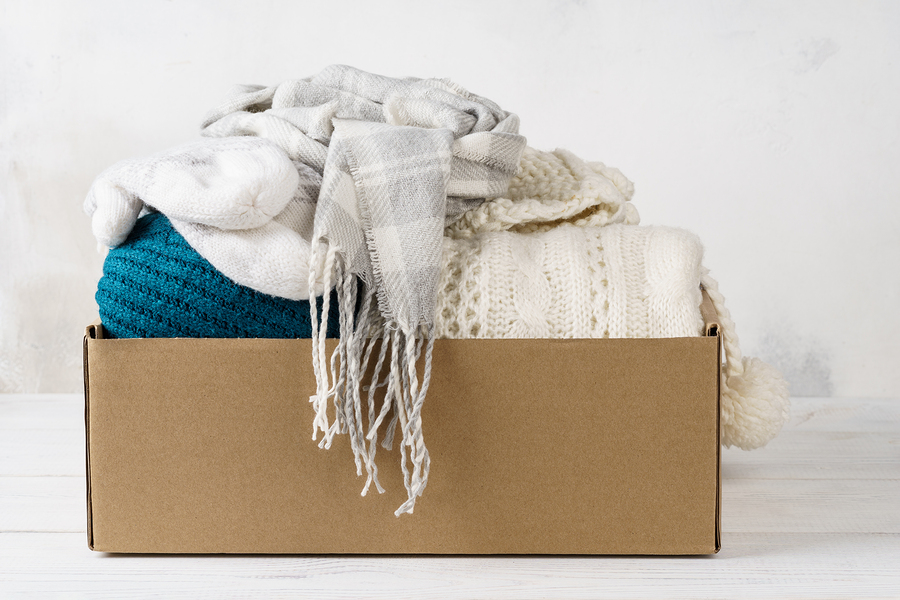
Growing up in Southern California, I never truly understood or perfected the process of rotating clothing for specific seasons. I pretty much wore the same dresses, jeans, and t-shirts year-round with a few seasonal accessories that rotated from season to season as they shifted to the back of the closet from use. Moving to Colorado nearly 30 years ago gave me a better understanding of the concept, but it wasn’t until this past year that I began to perfect the process of rotation.
Literally living out of a suitcase with all of my worldly possessions in storage moving from one place to another for the past year has made it a necessity to become at minimum proficient in rotating my seasonal clothes minimizing the amount of luggage I have to cart around. As I sit here looking out at another 24 inches of fresh powder wondering what to write about, it dawns on me that I could be passing on what I have learned to others who may need some ideas themselves. So, here’s what I’ve learned.
The first of many lessons was, less isn’t always better. Neither, however, is going overboard with preparedness. In an attempt to be efficient and condense as much as possible, I scaled back a bit too much in some areas, and not enough in others. Keep in mind I also had both my son and daughter getting married within 4 months of each other during the first six months of this rigorous home build journey. So, my portable requirements were shifting more than just seasonally and to the extreme, which should make your process of condensing a bit more simple than what I have needed to do in the past year.
Label and Sort Logically – When sorting through your seasonal sweaters, coats, and accessories group them with like items such as similar thickness, layer-able items, heavy jackets, windbreakers, and so on.
Once you have them sorted it is a good idea to keep your favorite item from each category and put them in a specifically dedicated drawer or closet where they are out of the way but accessible; to prepare for unforeseeable weather patterns. Or if like me, pack them in a specific bag that will be traveling with you everywhere you will be going, making sure to label this bag in a manner that clearly states what it is and that securely adheres.
Storing by Season – For ease of rotation I recommend storing all unused items such as boots, gloves, and bulkier items that do not need special storage in vacuum bags for protection, then grouping them by season into large plastic storage bins. This will provide extra protection during those months of non-use and hibernation, from water, dust, and insect exposure.
Label each container with permanent marker on all four sides as well as the top with the season, type of clothing, and any special item that you know you will be looking for later. This will make it easier to know what is in the tub no matter what is stacked on or around it, while also providing you with a memory trigger months later when trying to find your favorite sweater, jacket, or swimsuit.
From my experience, it is a good idea to do a review and rotate at the beginning of each season to avoid spending excess money on items you don’t need as well as reminding yourself of what you already have stored away. For me, it has been like having a surprise gift waiting for me after each rotation as I find favorites that I completely forgot about during the off-season.
If you simply don’t have enough storage space for this type of organization, don’t fret, Browning Park Mini Storage is here to help you stay organized throughout the seasons no matter what time of year it happens to be.
